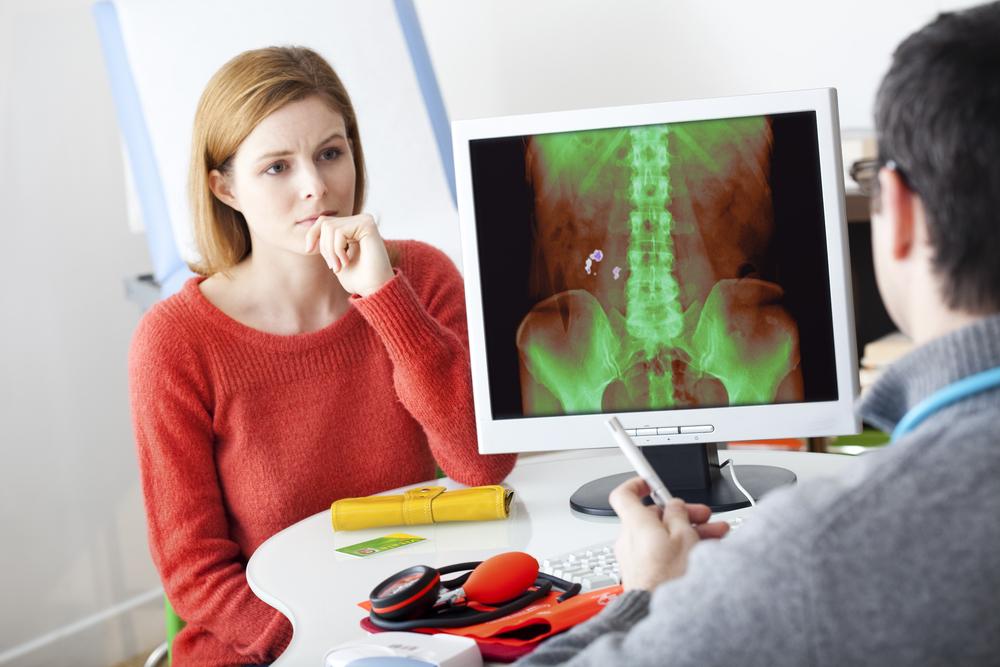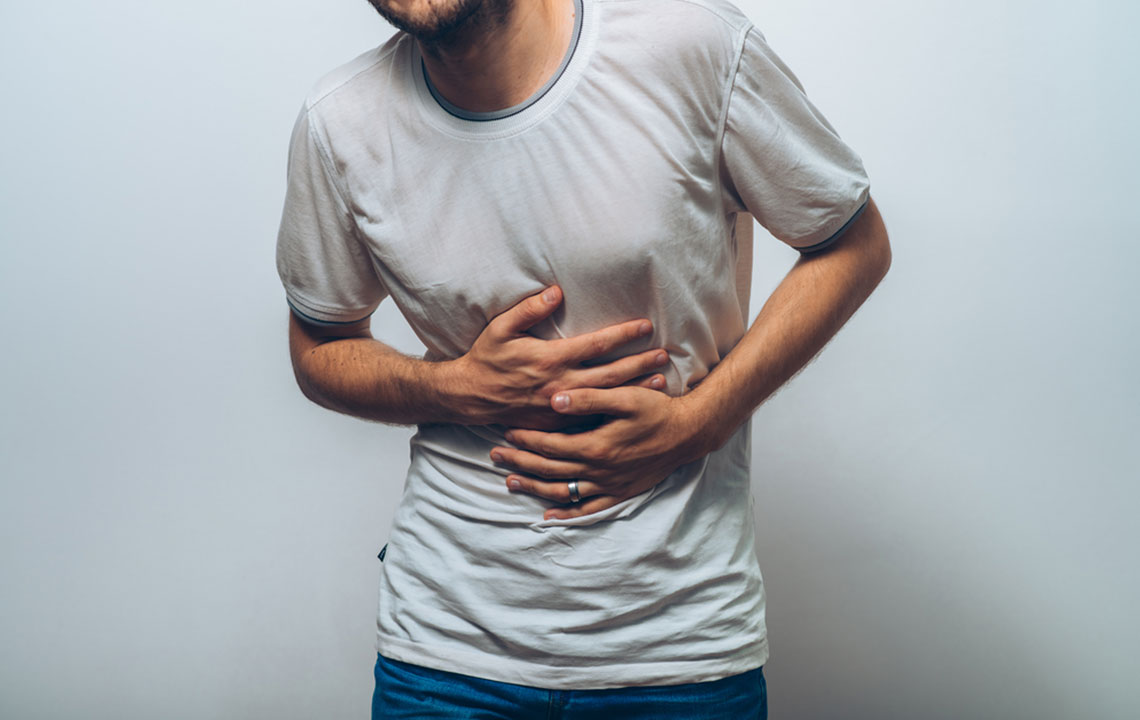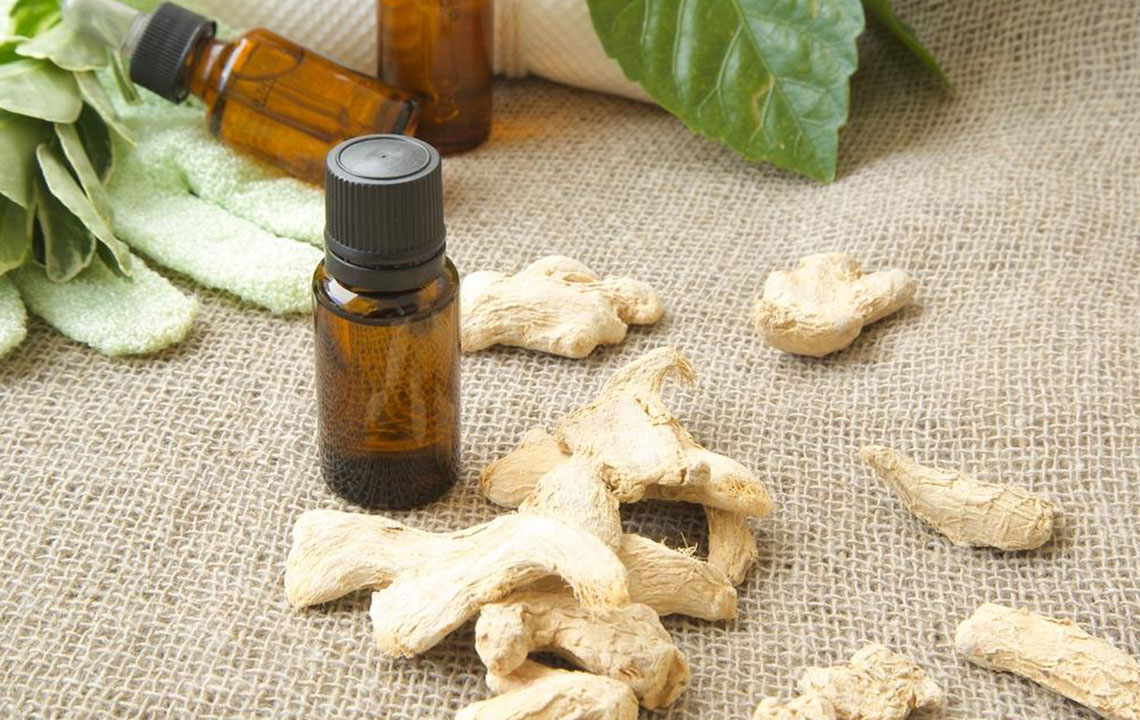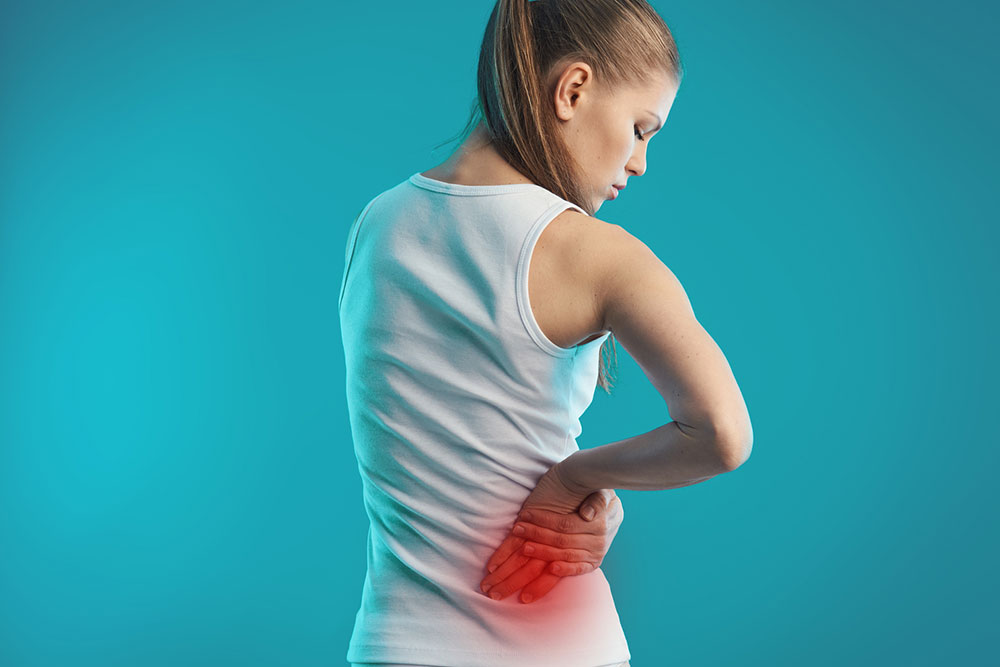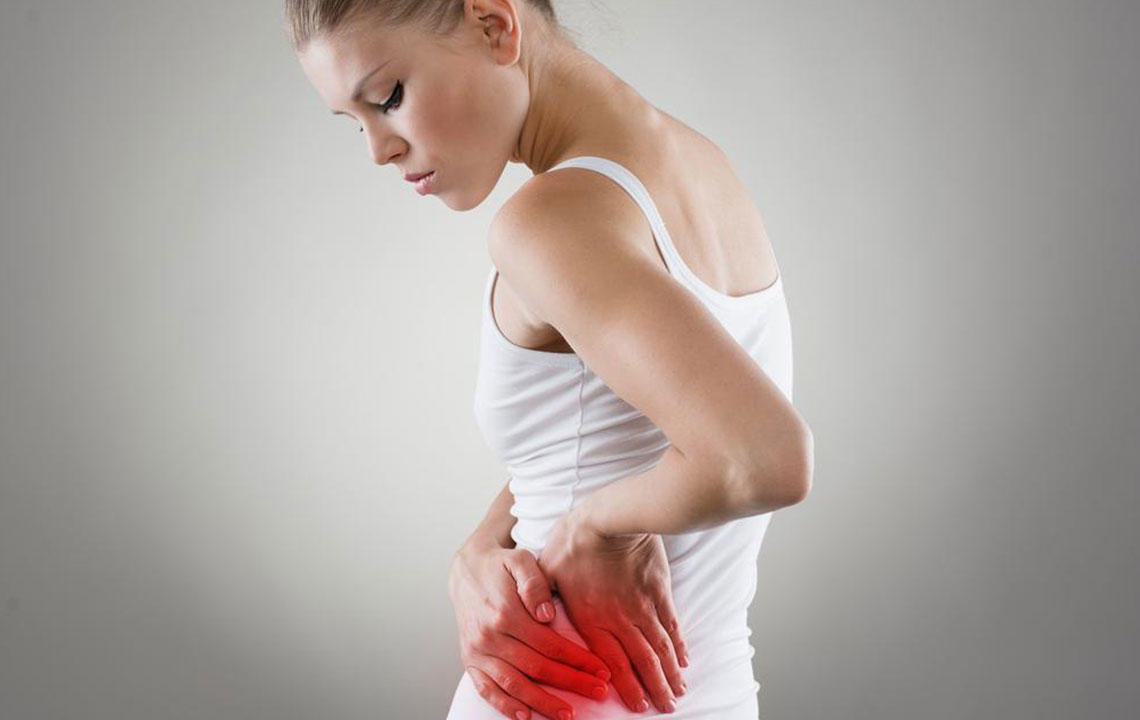Kidney Stone Removal Using Endoscopic Techniques
Learn about the endoscopic ureteroscopy procedure for kidney stone removal. This minimally invasive technique uses a small scope and laser to locate and treat stones, promoting quicker recovery. Post-procedure care includes monitoring and hydration to facilitate stone expulsion. Ideal for small to medium stones, this method offers a safe and effective solution with minimal discomfort. Consult your doctor to determine if endoscopy is suitable for your condition and ensure proper follow-up for optimal recovery.
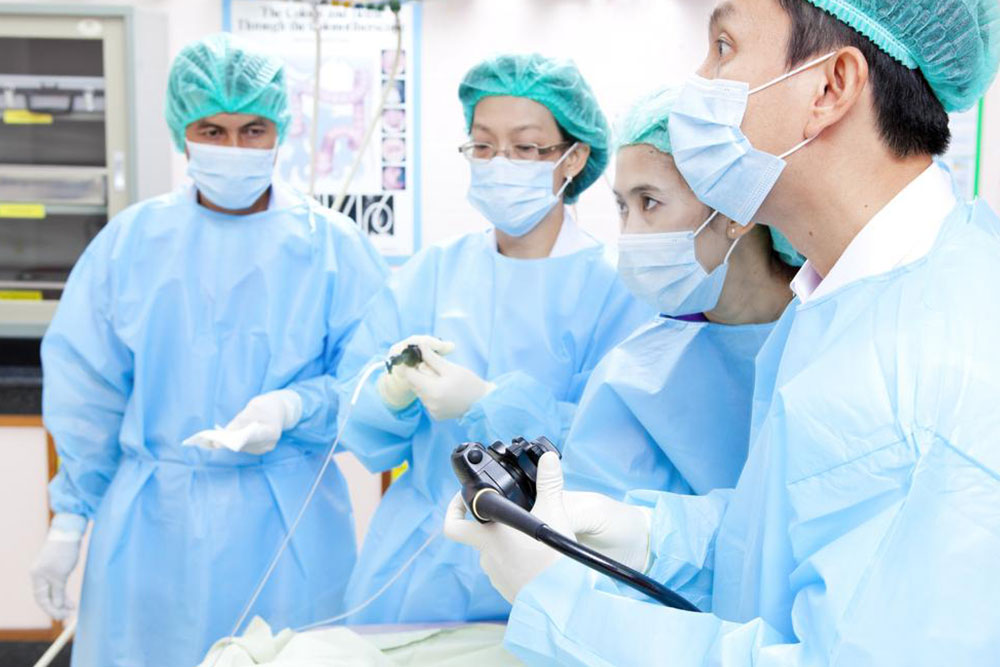
The kidneys serve as vital filters, removing waste chemicals and excess fluids by producing urine. While most substances are naturally expelled, some chemicals can form tiny crystals that combine into bigger stones, known as kidney stones. Various treatments exist to eliminate these stones, especially when they are small enough to be dissolved with medications in urine.
The endoscopic method for treating kidney stones is called ureteroscopy. This procedure typically lasts around an hour and can be performed under general or spinal anesthesia. A small X-ray guides a thin instrument called a cystoscope through the urethra, the tube that transports urine from the bladder, to examine the bladder.
The cystoscope facilitates inspection of the bladder and guides a thin wire into it. After removing the cystoscope, a ureteroscope—an advanced endoscopic tool—is inserted directly toward the kidney stones. In some cases, the ureteroscope extracts the stone; in others, a tiny laser shatters the stone into fragments that are expelled with urine. Post-procedure, a temporary catheter is placed to assist in urine passage.
Post-Procedure Care
Patients are monitored in the recovery area for at least a day until they can urinate independently.
Driving is generally not advised immediately after the procedure; arranging transportation is recommended. Pain medications will be prescribed to manage discomfort.
While some stinging during urination may occur initially, increasing fluid intake helps flush out remaining stone particles.
Typically, normal activities can resume within 2-3 days, but patients should watch for complications like urethral injury or blockage.


